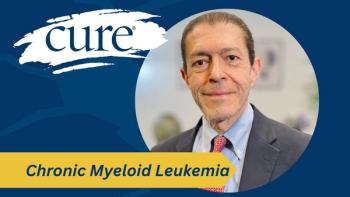
What Is Cancer?
Understanding cancer means knowing it’s more than one disease.
Although there are many types of cancer, they all start because of the uncontrolled growth of abnormal cells. Normal cells grow, divide and die in an orderly progression. Because cancer cells continue to grow and divide, they outlive normal cells and form new abnormal cells.
Cancer cells develop because of damage to DNA, which directs all activities in each cell. When DNA becomes damaged, the cell usually repairs it. In cancer cells, however, the damaged DNA is not repaired. People can inherit damaged DNA, resulting in approximately 10% of all cancers. More often, though, a person’s DNA becomes damaged over time by exposure to something in the environment or random cellular events.
Cancer can start almost anywhere in the body and often forms a solid tumor. Certain cancers, such as leukemia and myeloma, involve the blood and blood-forming organs (such as the bone marrow) and circulate through other tissues, where they multiply.
The different types of cancer include the following:
Carcinomas: The most common type of can- cer, these tumors arise from the cells that cover external and internal body surfaces. In the U.S., the most frequent cancers of this type are of the breast, colon, lung, prostate and skin.
Sarcomas: Cancers that originate in cells found in the supporting tissues of the body, such as bone, cartilage, fat, connective tissue and muscle.
Lymphomas: Cancers that occur in the lymph nodes, certain white blood cells and other tissues of the body’s immune system.
Leukemias: Cancers of the immature blood cells that grow in the bone marrow and tend to accumulate in large numbers in the bloodstream.
The place where a cancer starts is called the primary site. From there, it can spread (metastasize) to other parts of the body. Regardless of where a cancer spreads, it is named for the place it began. For instance, breast cancer that spreads to the liver is called metastatic breast cancer, not liver cancer.
Different types of cancer can behave very differently. For example, lung cancer and breast cancer are different diseases that grow at different rates and respond to different treatments. That is why people with cancer need treatments aimed at their particular type of cancer.
Not all tumors are malignant (cancerous). Benign, or noncancerous, tumors do not spread to other parts of the body and, with very rare exceptions, are not life-threatening.
During the second half of the 20th century, scientists uncovered many of the intricacies of cancer and developed the technology to pinpoint the exact site of the damage to a specific gene, which has had a tremendous impact on the types of therapies now available.





